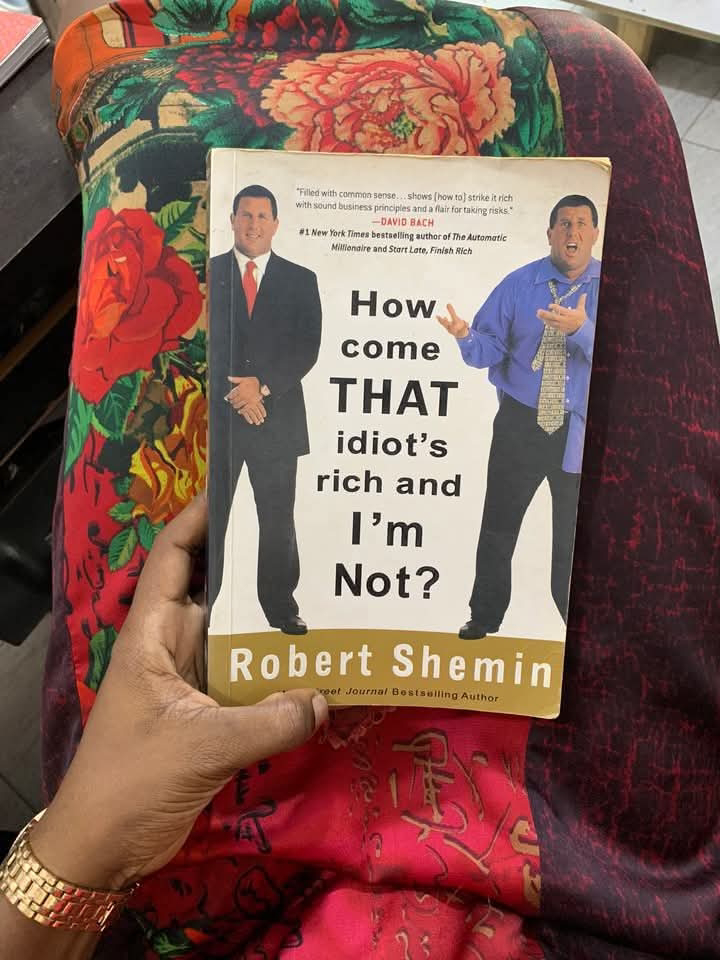Pernah tak anda kerja sebulan penuh penat lelah, tapi hujung bulan tengok akaun bank… kosong.
Rasa macam kerja percuma.
Ramai owner bisnes rasa pelik, “jual banyak, tapi kenapa duit tak ada?”
Jawapan dia: anda tak faham margin.
________________________________________
Apa itu Margin?
Margin ialah peratusan keuntungan yang tinggal selepas ditolak kos.
Ada dua jenis margin yang penting:
1. Gross Margin (Margin Kasar)
➝ Hasil jualan (revenue) tolak kos langsung (COGS).
o Revenue (hasil jualan) = jumlah duit yang masuk daripada jualan produk atau servis.
Contoh: anda caj pelanggan RM100 untuk servis anda.
o COGS (Cost of Goods Sold / kos barang terjual) = kos langsung untuk siapkan produk/servis bagi seorang pelanggan tambahan.
Contoh: kalau anda ada kedai gunting rambut, kos minyak rambut, upah tukang gunting untuk satu kepala.
Kalau anda buat servis coaching, kos langsung ialah gaji coach yang handle klien tu.
Jadi Gross Margin = (Revenue – COGS) ÷ Revenue.
2. Net Margin (Margin Bersih)
➝ Duit yang tinggal selepas tolak semua benda: sewa, gaji admin, bil, software, marketing, cukai.
Inilah yang betul-betul jadi untung bersih.
________________________________________
Contoh ringkas
Anda caj pelanggan RM60 sejam, dan bayar staff RM20 sejam untuk fulfill kerja.
• Revenue = RM60
• Kos langsung (COGS) = RM20
• Lebihan kasar = RM40
Gross Margin = RM40 ÷ RM60 = 66%
Nampak macam ok, tapi sebenarnya belum cukup.
Sebab bila tolak overhead lain, hujung tahun mungkin tinggal 10–15% sahaja.
Kalau naikkan gross margin ke 80%, net margin boleh naik lebih dua kali ganda.
Contoh dari 12% naik ke 26%.
Itu beza “cukup-cukup makan” dengan “ada simpanan besar”.
________________________________________
Target margin yang saya belajar
👉 Untuk bisnes servis, sasaran minimum 80% gross margin.
Lagi bagus kalau 90% atau 95%.
Kenapa?
Sebab setiap kali naik 5–10% gross margin, keuntungan bersih boleh berganda.
• Dari 80% ke 90% = 2× lebih untung.
• Dari 90% ke 95% = 2× lagi.
Bisnes digital besar (Google, Microsoft, Apple) beroperasi pada 95–99% gross margin.
________________________________________
Macam mana nak capai 80% ke atas?
Ada dua cara sahaja:
1. Kurangkan kos langsung (COGS).
Contoh tadi RM60 jual, kos RM20.
Kalau kos turun ke RM12, margin terus jadi 80%.
2. Naikkan harga jualan (Revenue).
Kalau kos masih RM20, untuk capai 80% gross margin, harga kena naik ke RM100.
________________________________________
Kenapa penting?
Bayangkan anda jual RM100, kos fulfill RM20.
Tinggal RM80 margin kasar.
Dari RM80 tu anda perlu bayar:
• Kos marketing untuk tarik pelanggan baru (contoh 20% = RM20).
• Baki RM60 untuk gaji admin, sewa, software, overhead lain.
• Masih ada untung bersih.
Kalau gross margin rendah, anda tak ada duit nak beli pelanggan baru.
Sebab tu bisnes sangkut.
________________________________________
Contoh dunia sebenar
Seorang owner bayar coach RM4,000 sebulan.
Coach tu boleh handle 40 klien.
Harga pakej = RM1,200 untuk 3 bulan (RM400 sebulan).
• Revenue: 40 × RM400 = RM16,000
• Kos coach: RM4,000
• Lebihan kasar: RM12,000
• Gross margin: RM12,000 ÷ RM16,000 = 75%
Dah bagus, tapi belum 80%.
Cara naik:
• Turunkan kos coach ke RM3,200 atau
• Naikkan harga klien +RM20 seorang.
Bezanya kecil, tapi cukup untuk tolak margin ke 80% dan buat untung hujung tahun naik 25% lebih tinggi.
________________________________________
Rumusan
• Revenue = hasil jualan.
• COGS = kos langsung untuk siapkan produk/servis bagi seorang pelanggan.
• Gross margin = (Revenue – COGS) ÷ Revenue.
• Net margin = duit bersih selepas semua overhead.
• Sasaran minimum gross margin untuk servis = 80% ke atas.
• Cara capai: kurangkan kos langsung atau naikkan harga.
________________________________________
Kalau perlukan bantuan profit margin tu, boleh join group komuniti usahawan saya, tanya soalan dalam tu untuk dapatkan kira2 margin bisnes anda yang sepatutnya. Link ada dalam profile.







